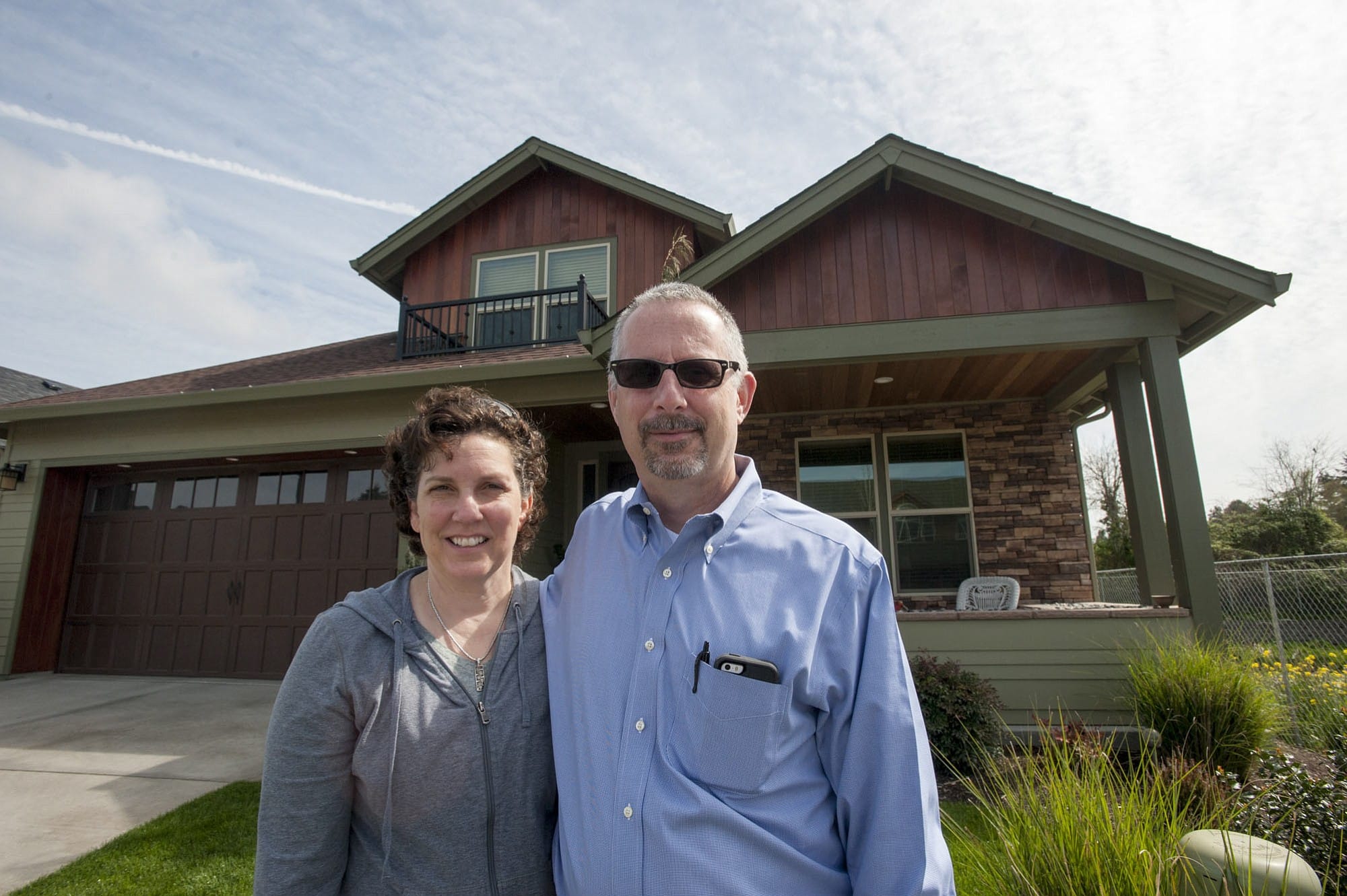To be certified under National Green Building Standards, buildings are rated by an independent third party in each of the following areas:
• Lot and site development: Placement of building and landscaping, type of landscaping (native, hardy, no maintenance).
• Resource efficiency: Using local, recycled and repurposed materials; minimizing construction waste.
• Energy efficiency: Includes exterior, insulation, lighting, mechanical and electrical systems, heating and ventilation.
• Water efficiency: Use of rainwater, water-saving fixtures, smart sprinkler systems.
• Indoor environmental quality: Environmentally friendly paint, carpet, flooring (doesn’t emit toxic fumes).
• Operation, maintenance, and building owner education: Knowing how to maintain the building and run the equipment.
The points are tallied for the building’s rating of bronze, silver, gold or emerald (from lowest to highest). Points must be scored in each area for a NGBS rating, not just one or two. The Home Innovation Research Labs out of Maryland oversees and regulates the overall process.




